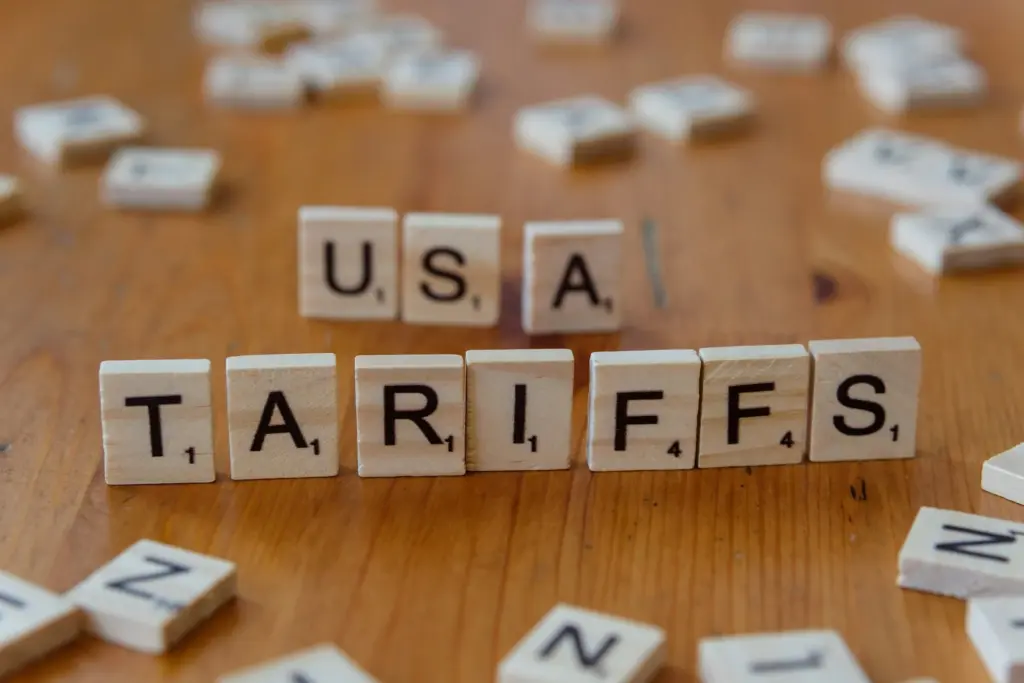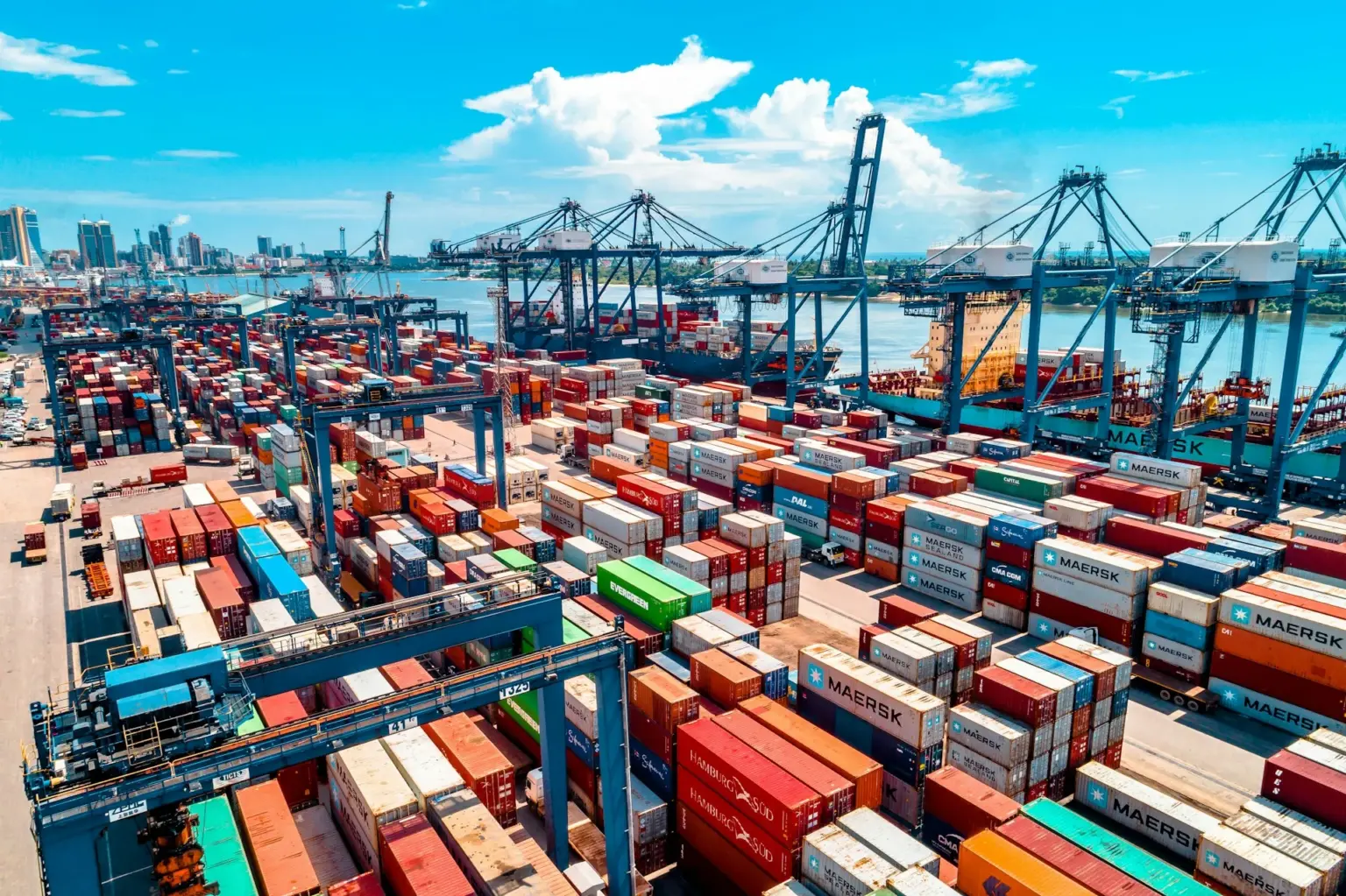Trump’s higher tariffs came into force on August 7, 2025, and the question “when do Trump’s tariffs hit” has been answered — they are already affecting goods from Brazil, India, Switzerland, Canada, and more. The July 31 order sets a 10% base tariff for unnamed countries, with higher rates for key partners reaching about 39–41%. Extra emergency tariffs on some goods could raise total duties to around 50%. India will face a 25% reciprocal rate plus a 25% emergency tariff on select goods, bringing them to roughly 50% in total. Importers in the US are moving quickly to change their deals and supply sources to avoid extra costs.
Analysts say the tariffs have pushed the average US duty to its highest level in about a century. President Trump says the policy will bring “billions” into the US economy. But experts warn that families may have to pay around $2,400 more each year. Some trade data shows US imports hit record high as Trump tariffs backfire, as companies rushed to bring in goods before the new tariffs started.
When Do Trump’s Tariffs Hit Global Trade?

Reactions from other countries have been strong. Brazil called the tariffs unfair pressure. India warned that they will hurt its exports badly. In India’s clothing industry, US buyers are already shifting their orders to Vietnam and Bangladesh to cut costs. This is causing serious worry for Indian workers and exporters.
The changes are also moving financial markets. Gold prices went up after the US added tariffs to imported gold bars that used to be tax-free. On the US stock market, Donald Trump’s tariffs on major trading partners worry Wall Street, with investors acting more cautiously as they wait to see what happens next.
Trump says when do Trump’s tariffs hit certain industries is less important than the bigger goal — to help US factories and make trade “fair.” Critics argue that Trump’s higher tariffs will keep prices high, cause other countries to hit back with their own tariffs, and damage America’s trade reputation.
For now, businesses, investors, and shoppers are watching closely. Experts believe the full effects will take months to show. But early signs point to more price increases, more trade disputes, and more tension between the US and its top trading partners.








